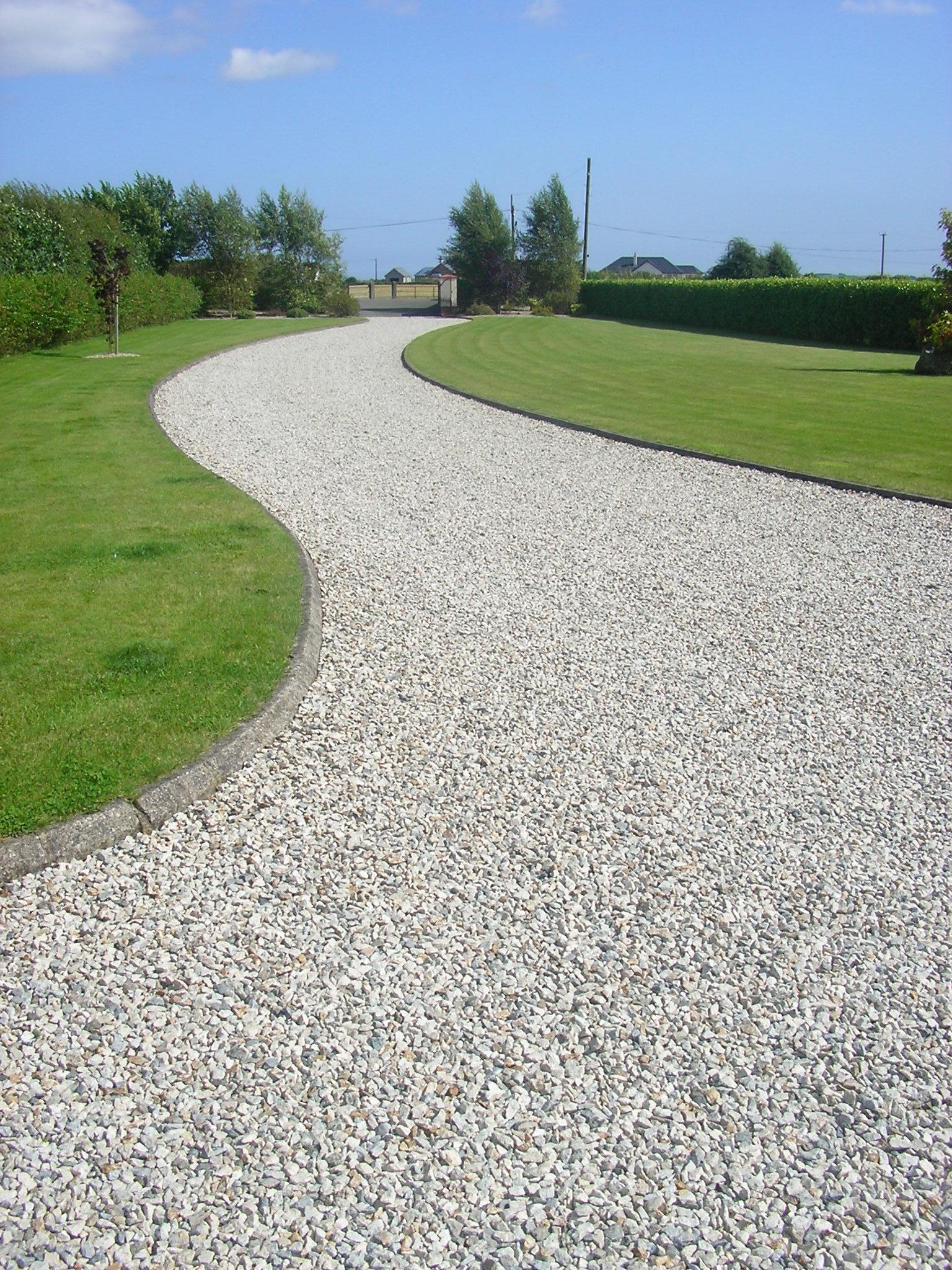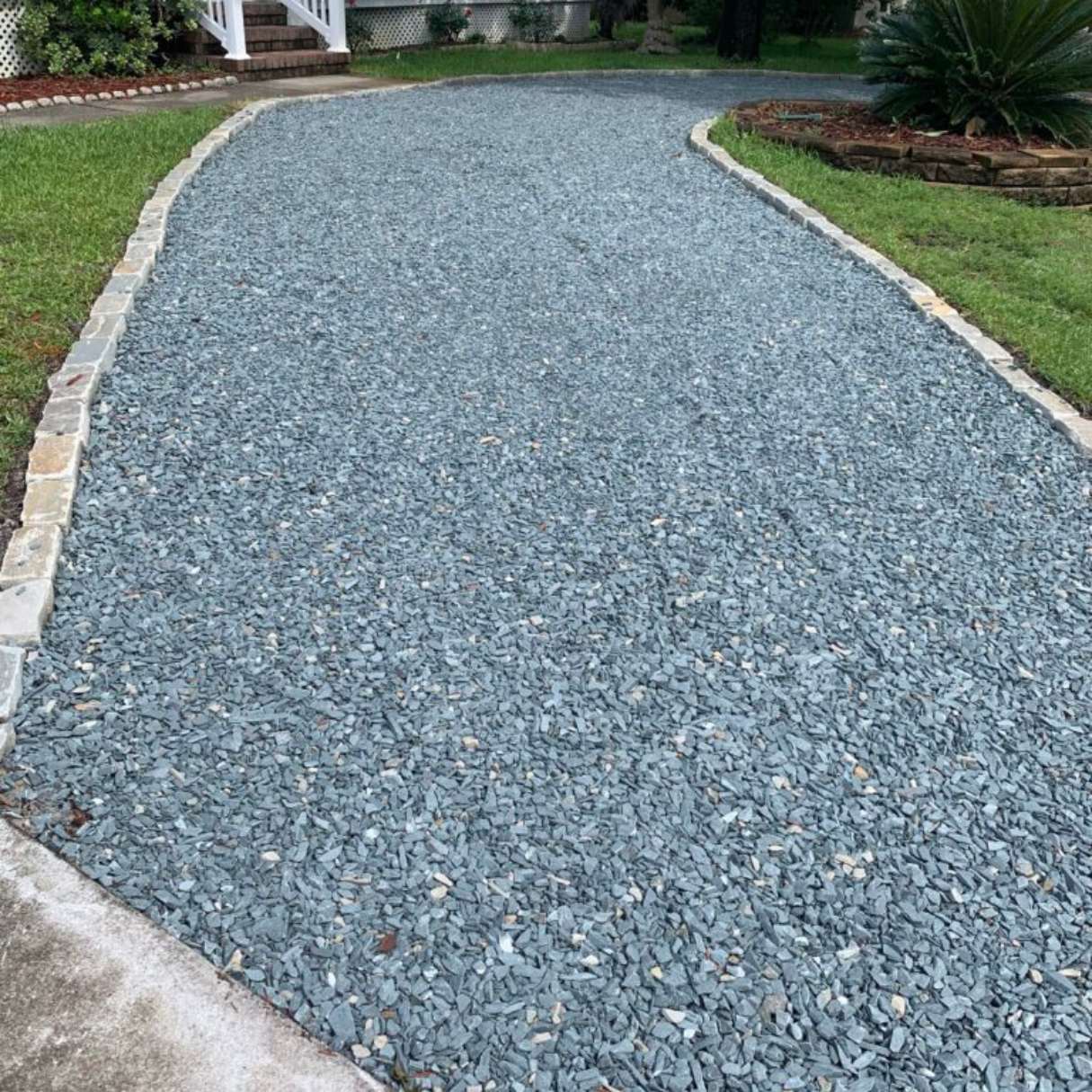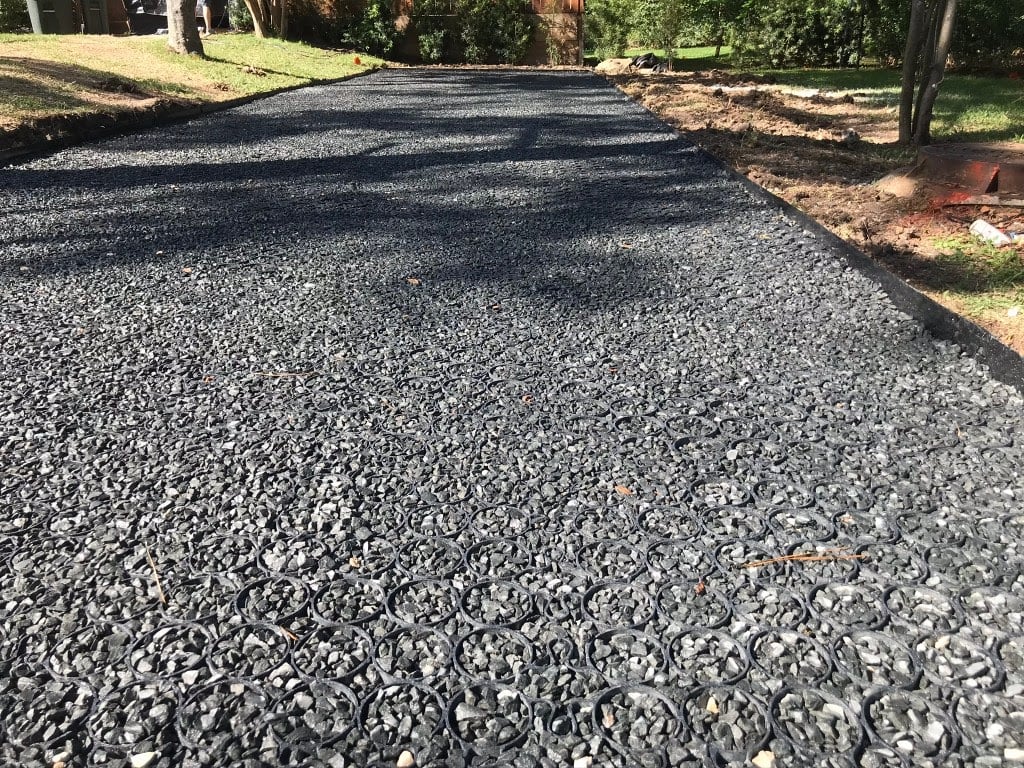Driveway Stone Servicesin Marine City MI
Durable Driveway Stones for a Beautiful and Functional Entrance
We Are Locally Owned & Operated For Over 37 Years
Contact Us Today!
We Serve Businesses In And Around The Following Cities:
About Driveway Stone Services
Explore the Benefits and Applications of Driveway Stones in Marine City
In the picturesque locale of Marine City, one aspect of commercial property often catches the eye: intricately designed, functional, and aesthetic driveway stones. These are not just a decorative feature but a sign of well-strategized construction fitting into the quality standard of their commercial properties. This comprehensive guide will give you an understanding of the process of installation, benefits, and real-world applications of driveway stones in Marine City and how businesses are mastering its use for an enriching facade and functionality.
Process of Driveway Stone Installation
Planning to construct a driveway isn’t as simple as tossing crushed rock on the ground. A well-planned layout, which companies like D&J Contracting excel in, is crucial. The stone driveway installation begins with a meticulous excavation, clearing, and grading of the area. A driveway drain pipe installation may be necessary, especially in areas prone to severe weather conditions or water logging. Upon which, layers of geotextile fabric, large crushed rocks, and smaller crushed aggregate driveway stones are laid. The size of the rocks on driveway varies as per the layer and usage requirement.
The final layer is usually comprised of aesthetically pleasing crushed rock driveway stones, which can be customized as per the visual impact desired. The process ensures that the driveway is not just beautiful but also robust, holding up well under the weight of vehicles while providing excellent drainage.
Key Benefits of Driveway Stones
The right choice of driveway stone lends not just appeal, but also practical benefits. Certain businesses lean towards a crushed cement driveway or a pebble driveway depending on the look they desire and the functionality needed. High durability, easy maintenance, and the lifespan of stone driveways make them highly beneficial. Furthermore, stone driveways are cost-effective and can be a more sustainable choice, with several crushed stone driveway contractors near me offering permeable driveway options. Permeable driveways contribute positively to the environment by reducing stormwater runoff and replenishing local groundwater supplies.
Real World Applications in Marine City
The real-world application of driveway stones varies across industries. In commercial properties like hotels, retail outlets, office spaces, and service centers, these installations leave a lasting impression while maintaining functionality.
For instance, the use of crushed rock for driveway near me in Marine City’s high-end restaurants adds an extra charm to their outdoor décor, impressing visitors even before they reach the entrance. Industrial properties might opt for more substantial, durable options such as crushed stone driveway or crushed aggregate driveway.
Temporary driveways are another popular application, especially in construction sites. They provide a robust path for heavy machinery and vehicles during construction and can be removed once the construction work is completed. Temporary driveway for construction makes operations seamless, ensuring timelines are kept in check.
Choose the Right Partner for Your Driveway Installation
Choosing the right contractor to undertake these installations is as important as the design and material selection. You wouldn’t want to be left searching for driveway fill near me or crushed rock for driveway near me half-way through the project, right? Reputed contractors, such as D&J Contracting, bring valuable experience in both designing and installing a variety of driveway stones, crushed rocks for driveways, and long dirt driveways.
Their expertise ensures that all proper construction and installation steps are taken to deliver a driveway that meets your expectations and more. They also have valuable local knowledge about sourcing the best quality driveway dirt near me, whether you’re after specific rocks on driveway types or looking for a trusted provider of private driveway construction.
In conclusion, whether you own a robust commercial complex or run a construction site in Marine City, driveway stones can be a functional and aesthetic addition to your property. Their robustness, aesthetic appeal, and long lifespan offer value for money. Coupled with the expertise of local contractors like D&J Contracting, you can have a beautiful, affordable, and sustainable driveway that stands the test of time.
So, consider the benefits, assess your needs, plan your design aesthetic and choose the right installation partner for a driveway that elevates the appeal of your commercial property.
Driveway Stone Services Gallery


Call Us Today to receive your Free Quote for
Driveway Stones in Marine City
Serving: Marine City, Michigan

About Marine City, Michigan
The area of Marine City had been Ojibwa territory for centuries before the first European contact. Beginning in the 17th century, French trappers and missionaries entered the territory, followed by settlers in the colonial period on both sides of the Detroit and St. Clair rivers. Farmers developed long, narrow plots that were laid out in the typical rectangular shape of colonial French, with the narrow end along the riverfront. The first Catholic Church was built by French Catholics at Catholic Point, where they had bought land before the United States was formed. French Canadians also lived on the other side of the river in a small farming community known as Petite Côte.
It was not until after the American Revolution that European-American settlers arrived in any number. In the 1780s they obtained a deed for land from the Chippewa Indians. The Americans began to call the community “Yankee Point”, because so many settlers came from the Northern Tier of states, with late 18th and 19th-century westward migration originating from New England and New York. They also called the settlement “Belle River” (Belle Riviere in French), as the French had; this later was applied as the name of a neighborhood.
The village was platted by Americans as Newport in 1835–37. Although never incorporated by that name, it was known as “Newport” for 31 years. In 1865, it was incorporated as the Village of Marine City. Thriving on lumber trade and shipbuilding, the village re-incorporated as a city in June 1887.
The second half of the 19th century was the period of great growth in the village, with many workers employed in the lumber and shipping industries. Rafts of lumber were moved down the St. Clair River in the spring to be worked at Marine City or Detroit. Shipyards built some of the many wooden ships that crossed the Great Lakes. Lake steamers linked passengers with small towns around the lakes. Their decks were full and their flags were flying. Marine City was centered on a park by the St. Clair River, where bands played in the bandstand at City Hall during the summer.
As the lumber business ran down with the exploitation of forests, the area became linked to other resource extraction. Freighters carried iron from Duluth, Minnesota, which had been mined in the Mesabi Range, to Ashtabula, Ohio for steel processing. They passed from Lake Superior through Lake Huron and to Lake Erie. Marine City was known as the town on the St. Clair River where the captains of lake freighters lived. Many of these men and their crews worked for the Pittsburgh Steamship Company. Formed in 1901 by US Steel Corporation, it became the largest commercial fleet on the Great Lakes.
In the 21st century, Marine City has become the home of ten antique stores. The Snug Theater is a 98-seat theater featuring live performances. It will be joined in 2014/15 by a sister theater, The Riverbank Theater, in a former bank building (originally Marine Bank & Trust) down the street. Also joining the two acting theaters is the old Mariner Theatre, which serves as a special event center, movie theater, gallery for fine art Models, and site of the builders model for the ocean-going Titanic. Restaurants and retail in downtown also cater to visitors and residents.
The Heather House, now operated as a bed and breakfast, was built in the Queen Anne Victorian-style. It was completed in 1885 after 2 years of construction for its owner, William Sauber. He was chief engineer for the Mitchell fleet of Great Lake steamers.
- According to the United States Census Bureau, the city has a total area of 2.46 square miles (6.37 km), of which 2.15 square miles (5.57 km) is land and 0.31 square miles (0.80 km) is water.
- It is considered to be part of the Thumb of Michigan, which in turn is a subregion of the Flint/Tri-Cities.
- Marine City can also be considered as in the Blue Water Area, a subregion of the Thumb.
- It is part of the Detroit-Warren-Livonia Metropolitan Statistical Area (MSA) and the Detroit-Ann Arbor-Flint Combined Statistical Area (CSA).
| Census | Pop. | Note | %± |
|---|---|---|---|
| 1870 | 1,240 | — | |
| 1880 | 1,673 | 34.9% | |
| 1890 | 3,268 | 95.3% | |
| 1900 | 3,829 | 17.2% | |
| 1910 | 3,770 | −1.5% | |
| 1920 | 3,731 | −1.0% | |
| 1930 | 3,462 | −7.2% | |
| 1940 | 3,633 | 4.9% | |
| 1950 | 4,270 | 17.5% | |
| 1960 | 4,404 | 3.1% | |
| 1970 | 4,567 | 3.7% | |
| 1980 | 4,414 | −3.4% | |
| 1990 | 4,556 | 3.2% | |
| 2000 | 4,652 | 2.1% | |
| 2010 | 4,248 | −8.7% | |
| 2020 | 4,079 | −4.0% | |
| U.S. Decennial Census | |||
As of the census of 2010, there were 4,248 people, 1,765 households, and 1,117 families residing in the city. The population density was 1,975.8 inhabitants per square mile (762.9/km). There were 2,015 housing units at an average density of 937.2 per square mile (361.9/km). The racial makeup of the city was 96.8% White, 0.3% African American, 0.7% Native American, 0.2% Asian, 0.5% from other races, and 1.6% from two or more races. Hispanic or Latino of any race were 1.7% of the population.
There were 1,765 households, of which 31.1% had children under the age of 18 living with them, 44.6% were married couples living together, 13.3% had a female householder with no husband present, 5.4% had a male householder with no wife present, and 36.7% were non-families. 31.3% of all households were made up of individuals, and 14% had someone living alone who was 65 years of age or older. The average household size was 2.41 and the average family size was 3.00.
The median age in the city was 40.2 years. 22.9% of residents were under the age of 18; 8.2% were between the ages of 18 and 24; 25.8% were from 25 to 44; 27.9% were from 45 to 64; and 15.3% were 65 years of age or older. The gender makeup of the city was 48.2% male and 51.8% female.
As of the census of 2000, there were 4,652 people, 1,860 households, and 1,212 families residing in the city. The population density was 2,120.8 inhabitants per square mile (818.8/km). There were 2,006 housing units at an average density of 914.5 per square mile (353.1/km). The racial makeup of the city was 97.29% White, 0.09% African American, 0.56% Native American, 0.26% Asian, 0.86% from other races, and 0.95% from two or more races. Hispanic or Latino of any race were 1.38% of the population.
There were 1,860 households, out of which 33.5% had children under the age of 18 living with them, 48.2% were married couples living together, 12.7% had a female householder with no husband present, and 34.8% were non-families. 30.8% of all households were made up of individuals, and 14.4% had someone living alone who was 65 years of age or older. The average household size was 2.50 and the average family size was 3.15.
In the city, the population was spread out, with 27.6% under the age of 18, 8.2% from 18 to 24, 30.5% from 25 to 44, 19.4% from 45 to 64, and 14.2% who were 65 years of age or older. The median age was 36 years. For every 100 females, there were 90.4 males. For every 100 females age 18 and over, there were 88.6 males.
The median income for a household in the city was $40,146, and the median income for a family was $47,308. Males had a median income of $39,228 versus $23,677 for females. The per capita income for the city was $19,722. About 7.6% of families and 8.9% of the population were below the poverty line, including 9.0% of those under age 18 and 16.1% of those age 65 or over.
Call Us Today to receive your Free Quote for
Driveway Stones in Marine City
Related Services in Marine City, Michigan
We Serve Businesses In The Following Zip Codes:
48007, 48015, 48021, 48026, 48035, 48036, 48038, 48042, 48043, 48044, 48045, 48046, 48047, 48048, 48050, 48051, 48066, 48071, 48080, 48081, 48082, 48083, 48084, 48085, 48088, 48089, 48090, 48091, 48092, 48093, 48098, 48099, 48225, 48230, 48236, 48310, 48311, 48312, 48313, 48314, 48315, 48316, 48317, 48318, 48397